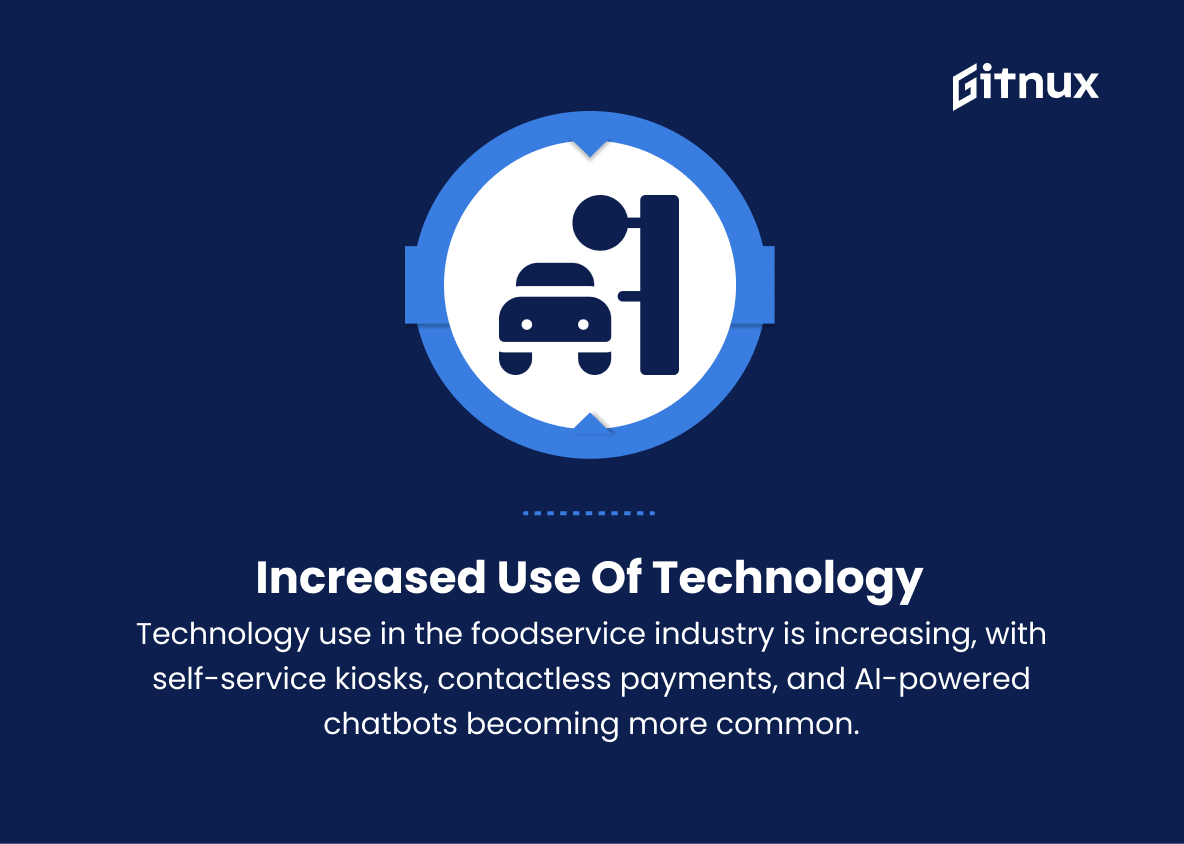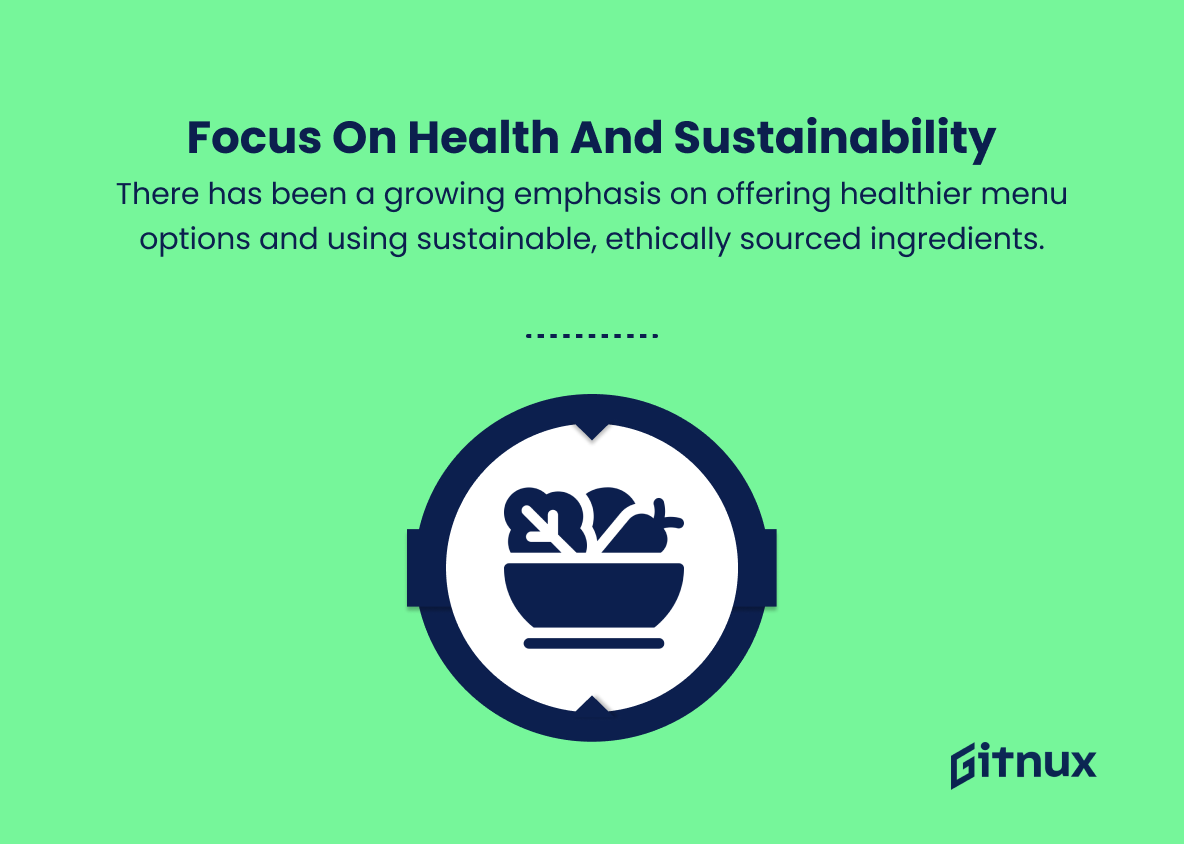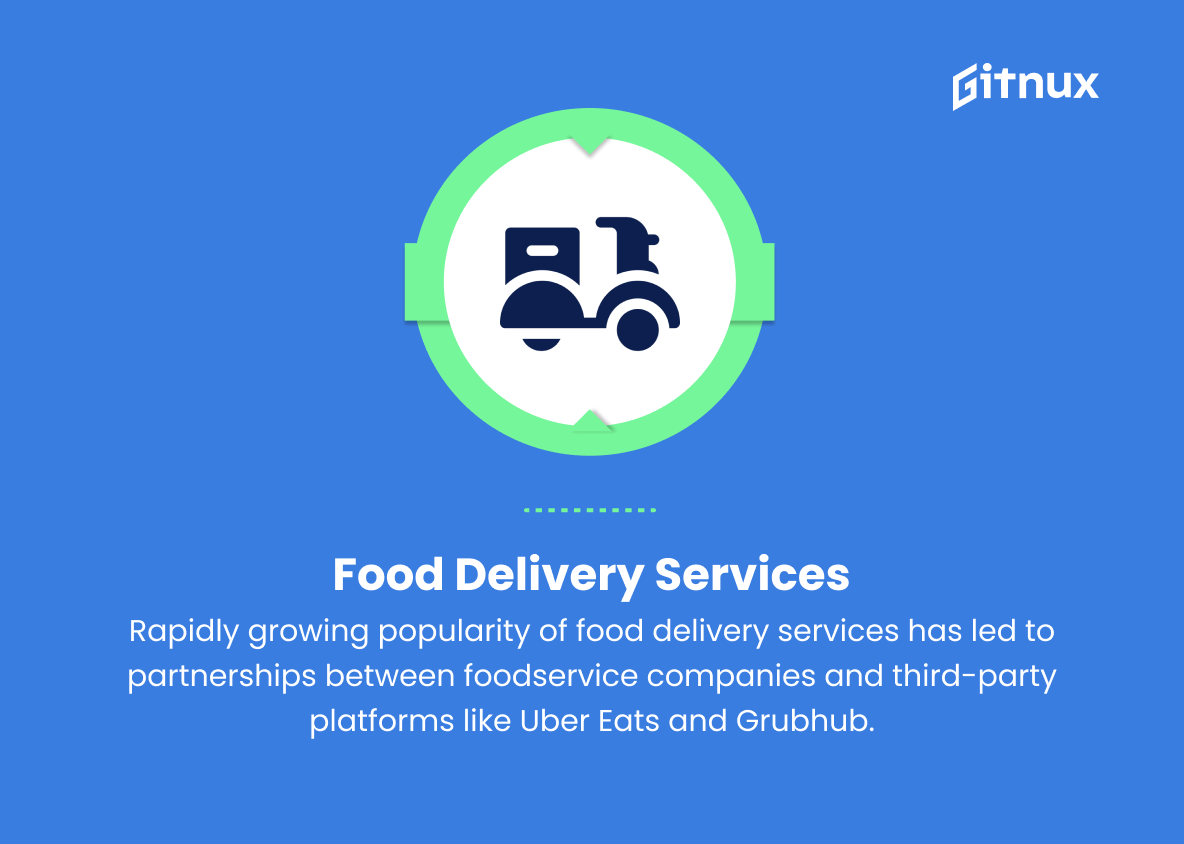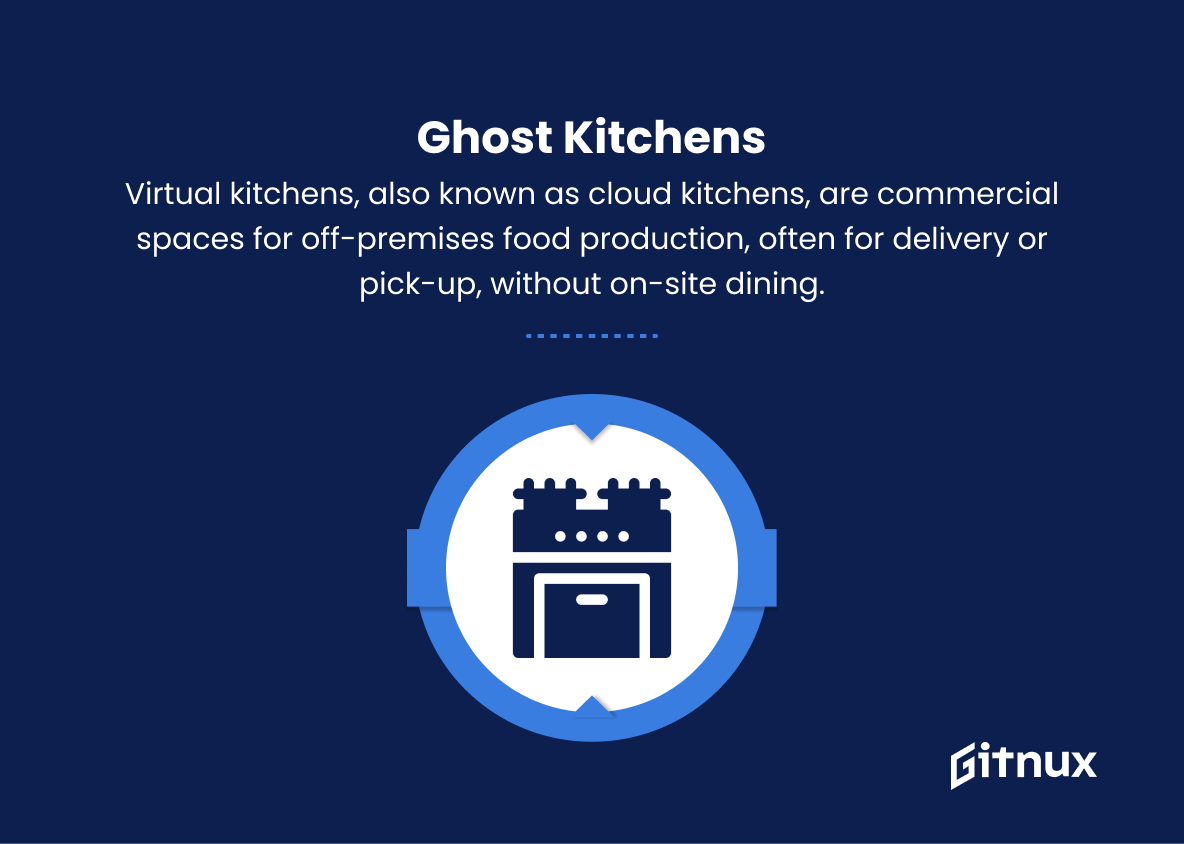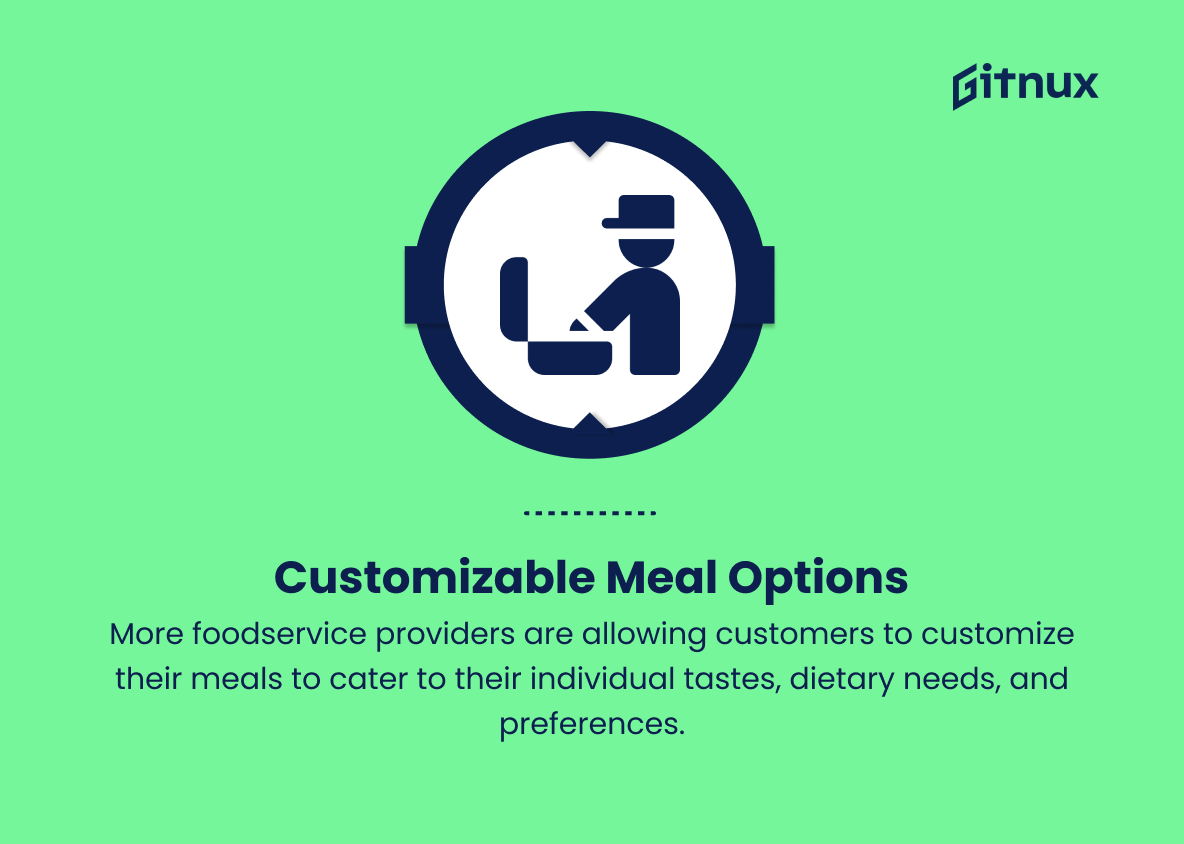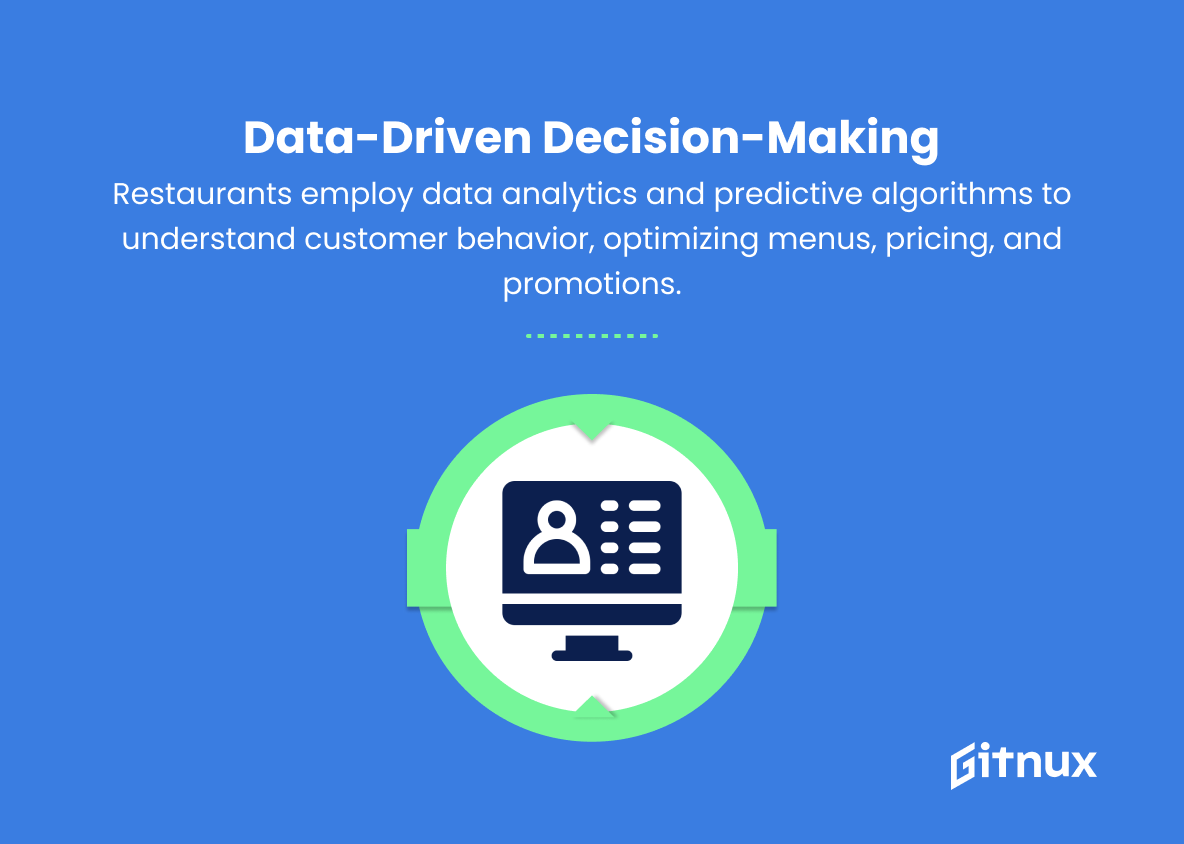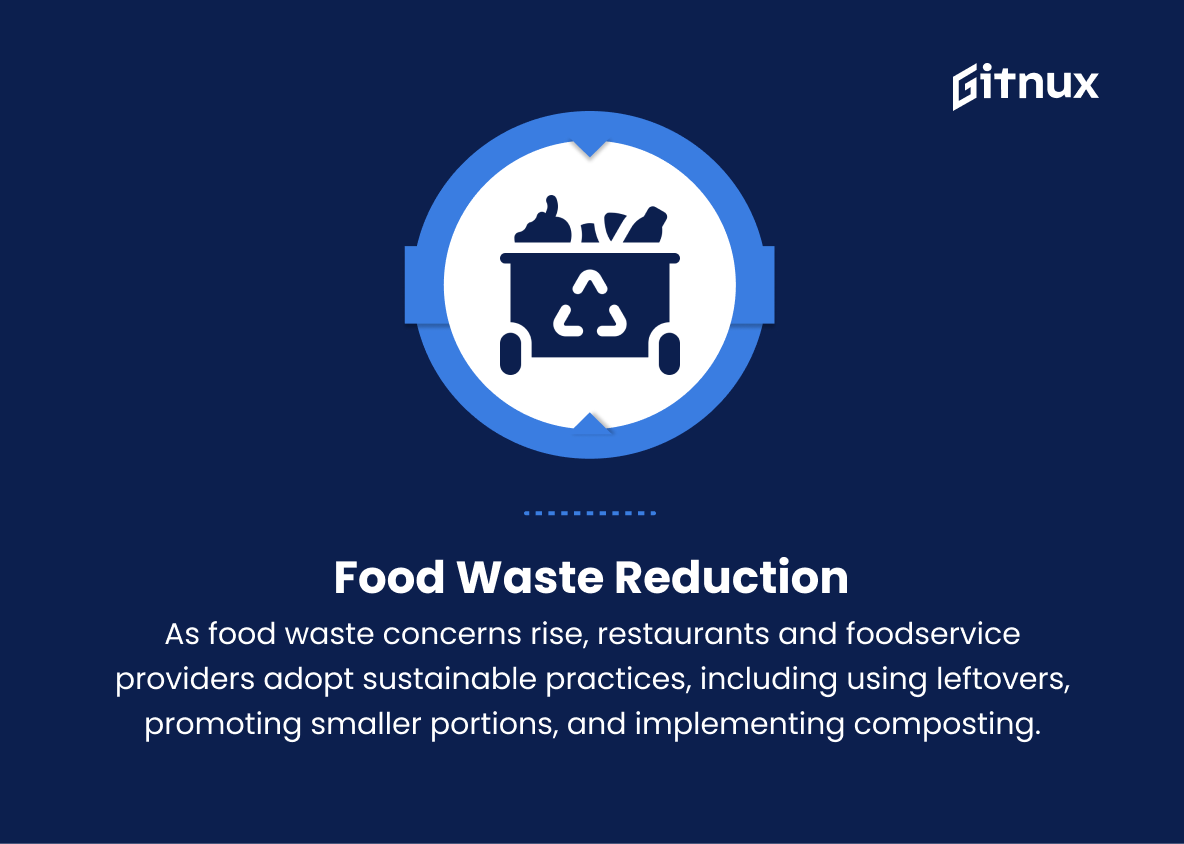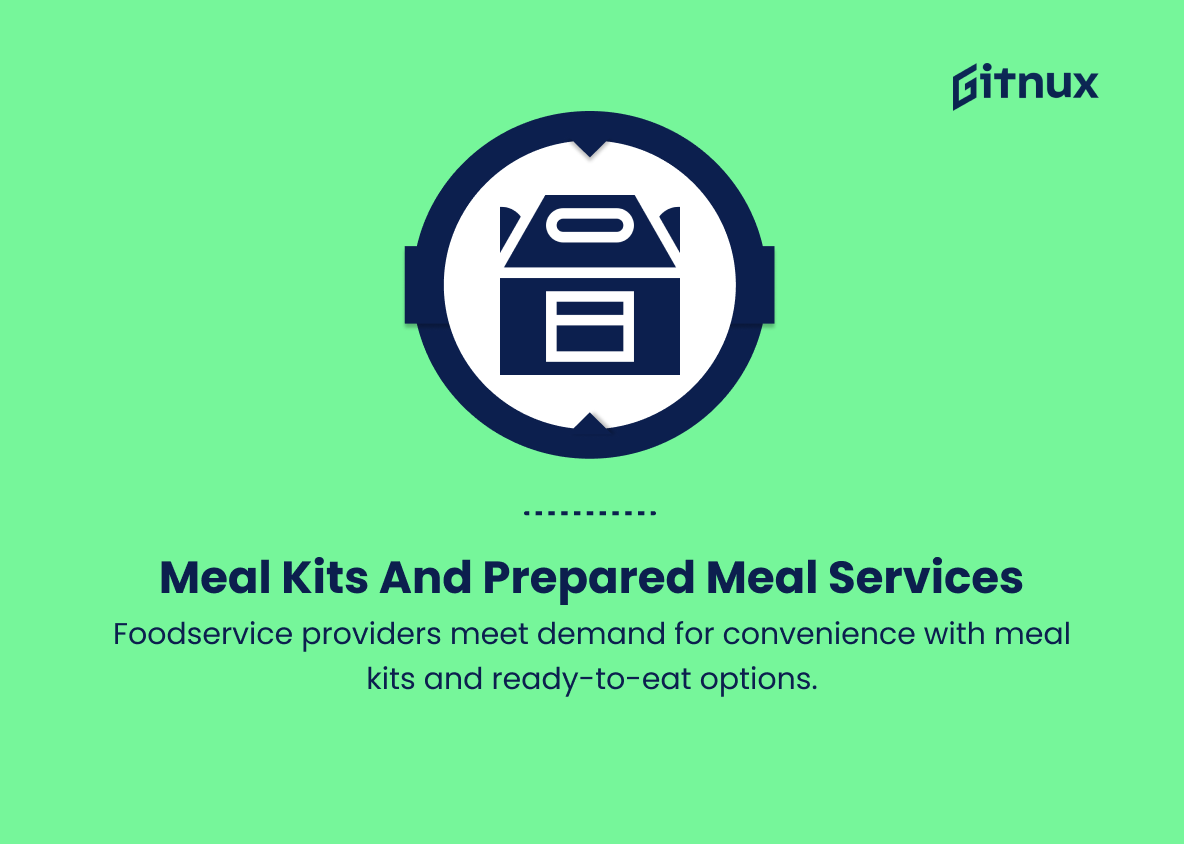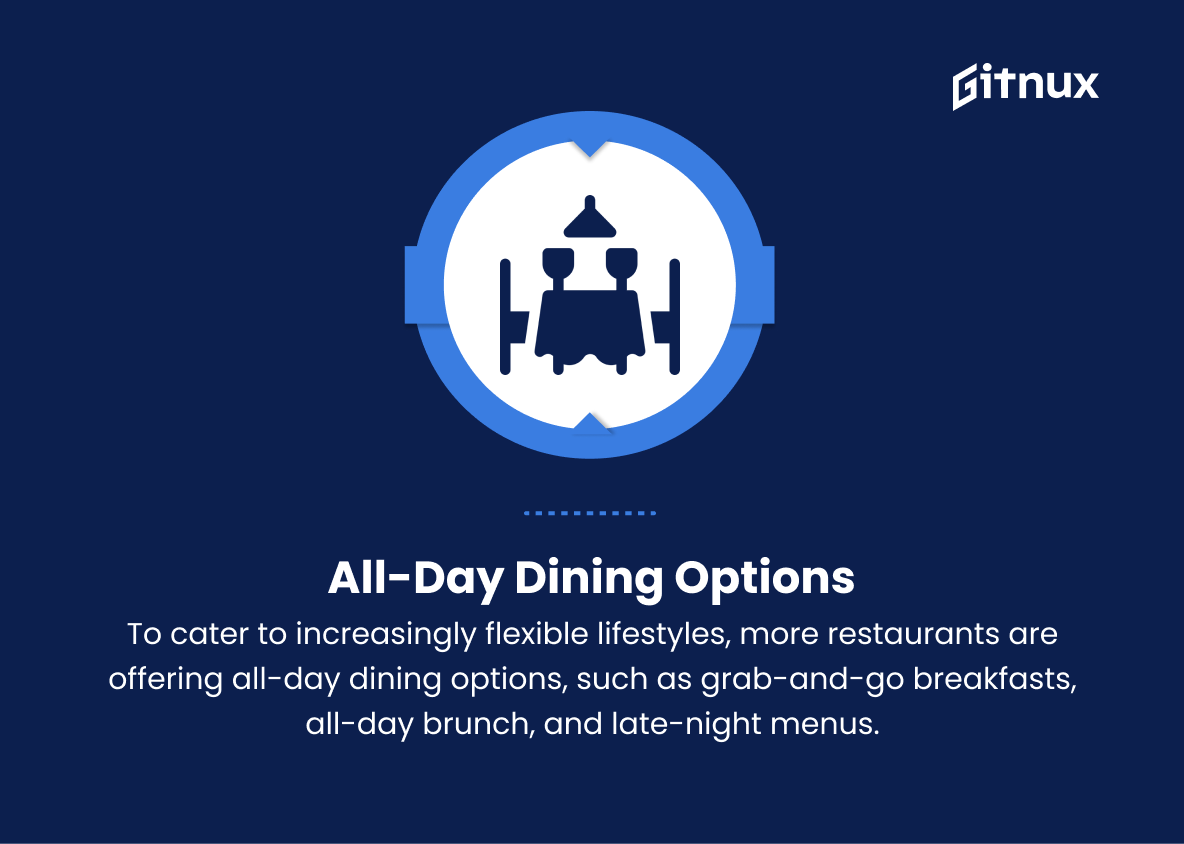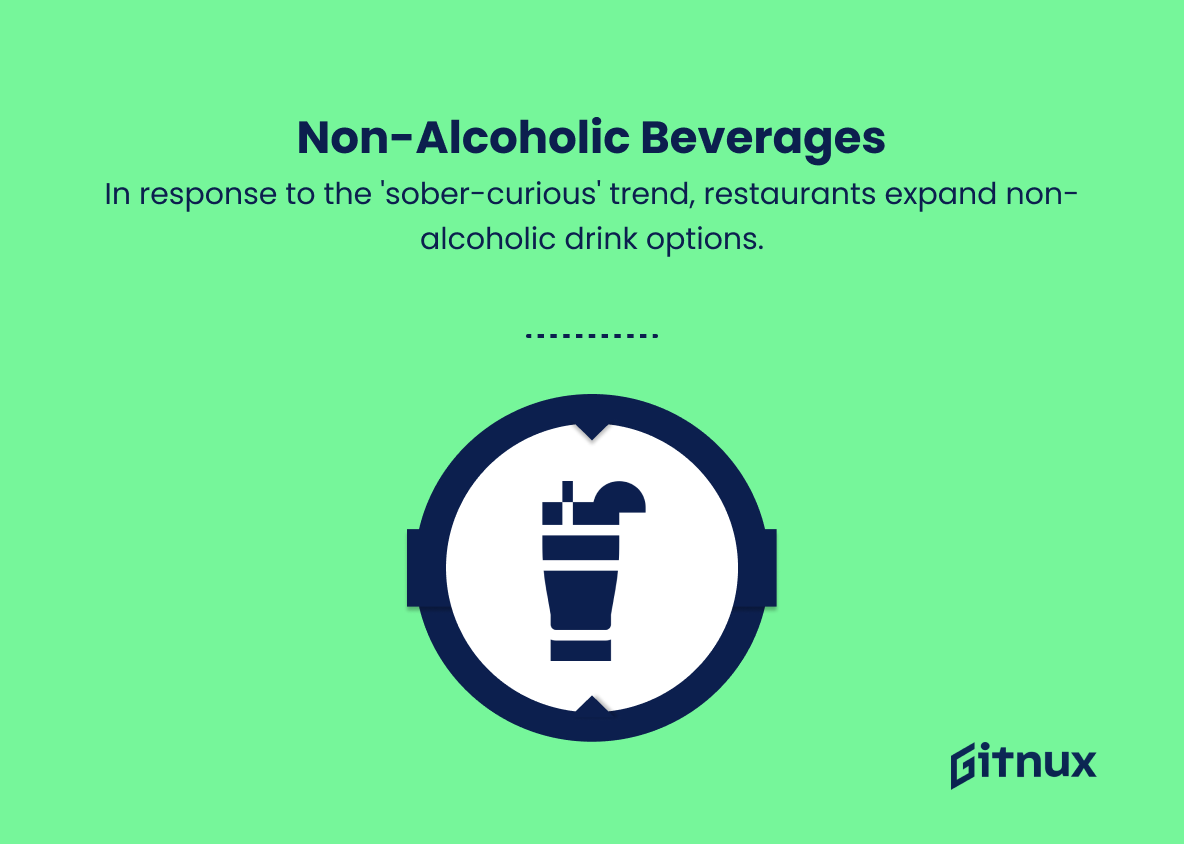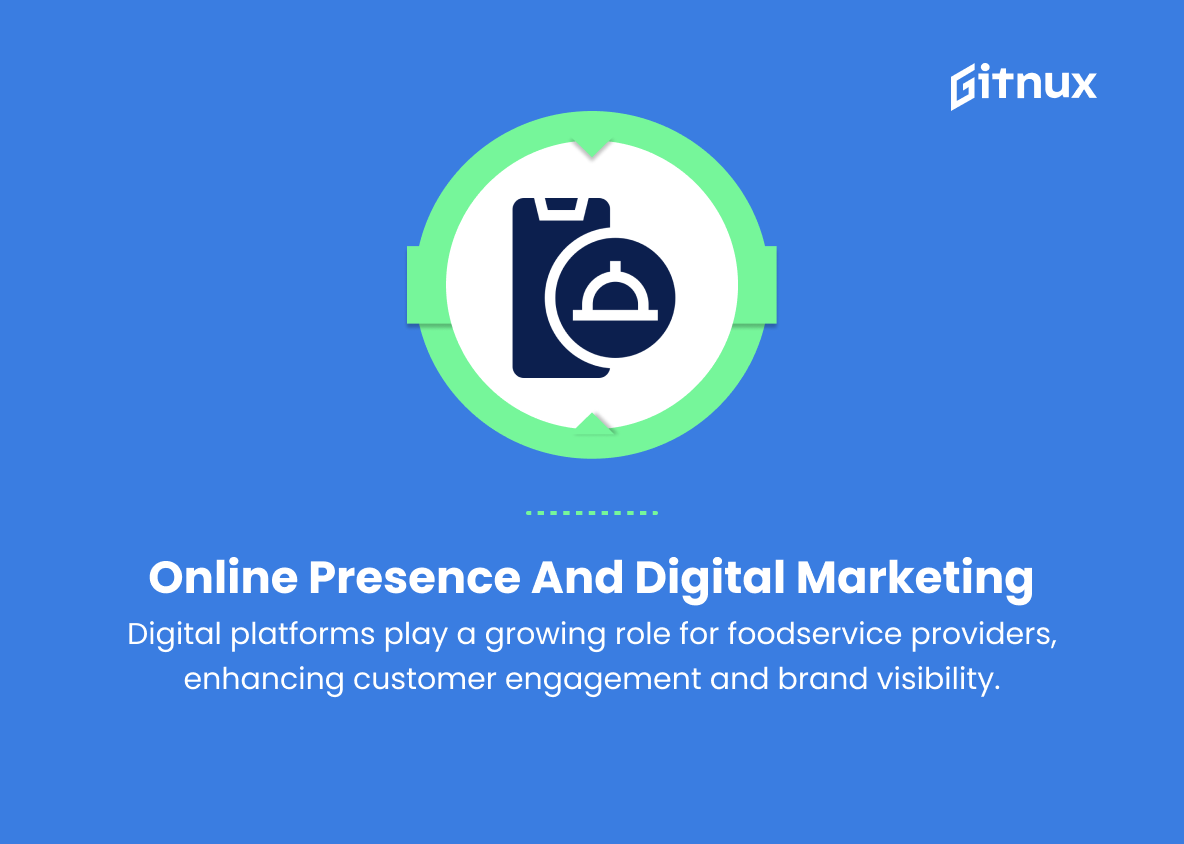As the world constantly evolves, the foodservice industry faces a perpetual challenge of keeping up with consumer demands, technological advancements, and the ever-shifting market landscape. In order to stay competitive and successful, industry professionals need to be alert and responsive to the trends that are shaping the way we eat, work, and live. In this comprehensive blog post, we will delve into the most significant trends currently driving the foodservice industry – analyzing their impact, capturing insights from key experts, and exploring innovative solutions that answer to these pressing changes.
So, whether you’re a restaurant owner, chef, supplier, or service provider, this post will provide you with essential information and inspiration to stay ahead of the curve in today’s fast-paced world of foodservice.
Top Foodservice Industry Trends
1. Increased use of technology
The use of technology in the foodservice industry has been on the rise, with innovations like self-service kiosks, contactless payments, and AI-powered chatbots becoming increasingly common.
2. Focus on health and sustainability
There has been a growing emphasis on offering healthier menu options and using sustainable, ethically sourced ingredients. This includes a rise in plant-based and vegan offerings, as well as an emphasis on allergen-friendly and organic foods.
3. Food delivery services
There has been a rapid increase in the popularity of food delivery services in recent years, leading to new partnerships between established foodservice companies and third-party delivery platforms like Uber Eats and Grubhub.
4. Ghost kitchens
Also known as virtual or cloud kitchens, these are commercial kitchen spaces designed for off-premises food production, with meals typically delivered or available for pick-up, but without an on-site dining area.
5. Customizable meal options
More foodservice providers are allowing customers to customize their meals to cater to their individual tastes, dietary needs, and preferences.
6. Data-driven decision-making
Restaurants are using data analytics and predictive algorithms to better understand customer behaviors and preferences, allowing them to optimize menus, pricing strategies, and promotions.
7. Food waste reduction
With food waste becoming a growing concern globally, restaurants and other foodservice providers are looking to adopt sustainable practices that help reduce waste, such as using leftover ingredients, encouraging smaller portions, and implementing composting programs.
8. Experiential dining
Foodservice providers are increasingly tapping into the experiential dining trend, offering unique and immersive experiences for customers, including themed dining, chef’s table events, and interactive cooking classes.
9. Robotics and automation
Automation is becoming more common in the foodservice industry, with robotic systems being used for tasks like food preparation, cooking, and even serving customers.
10. Global cuisine fusion
There’s been a surge in creativity among chefs, with many experimenting with different fusions of global cuisine in order to create unique dishes that cater to increasingly diverse customer tastes.
11. Meal kits and prepared meal services
In response to growing consumer demand for convenience, many foodservice providers are offering meal kits and ready-to-eat meals that can be quickly assembled or heated at home.
12. Farm-to-table and local sourcing
As consumers become more aware of the impact of their food choices, more foodservice providers are emphasizing the use of locally sourced ingredients and developing relationships with local farmers and suppliers.
13. All-day dining options
To cater to increasingly flexible lifestyles, more restaurants are offering all-day dining options, such as grab-and-go breakfasts, all-day brunch, and late-night menus.
14. Non-alcoholic beverages
In response to the growing “sober-curious” movement, many restaurants and bars are expanding their options for non-alcoholic beverages, including mocktails, kombuchas, and craft sodas.
15. Online presence and digital marketing
Social media and other digital platforms are becoming increasingly important for foodservice providers, allowing them to engage with customers, showcase their offerings, and build brand loyalty.
Implications
The recent Foodservice Industry Trends, such as the increased use of technology, focus on health and sustainability, food delivery services, ghost kitchens, customizable meal options, data-driven decision-making, food waste reduction, experiential dining, robotics and automation, global cuisine fusion, meal kits and prepared meal services, farm-to-table and local sourcing, all-day dining options, non-alcoholic beverages, and online presence and digital marketing, are shaping the future of the food industry in multiple ways.
Technological advancements like AI-powered chatbots and robotics are streamlining operations and improving customer interactions, while data analytics allows for optimized decision-making. Emphasis on health, sustainable practices, and global cuisine fusion cater to diverse and environmentally-conscious customer preferences. Ghost kitchens and food delivery services are redefining the traditional dining experience, while experiential dining and all-day options entice customers seeking unique or flexible options.
Meal kits and prepared meals offer convenience for customers on-the-go, while local sourcing and waste reduction demonstrate a commitment to sustainability. Finally, non-alcoholic beverage options and a strong online presence allow foodservice providers to attract and retain customers in an increasingly digitally-focused world. Together, these trends reflect a rapidly evolving industry that continually adapts to meet the ever-changing needs and desires of consumers.
Conclusion
In conclusion, the foodservice industry continues to evolve at a rapid pace, with innovative trends and consumer preferences shaping the future of dining experiences. As we have explored, sustainability, health-conscious dining, technology integration, and on-demand delivery are just a few of the key trends impacting the foodservice landscape today. For businesses to thrive and stay competitive in this ever-changing industry, it is crucial to stay informed and adapt to these emerging trends.
By doing so, they will not only exceed customer expectations but also contribute to the overall betterment of the foodservice industry for years to come. Embracing these trends as a catalyst for growth and innovation will ultimately contribute to the success and longevity of foodservice establishments worldwide.
